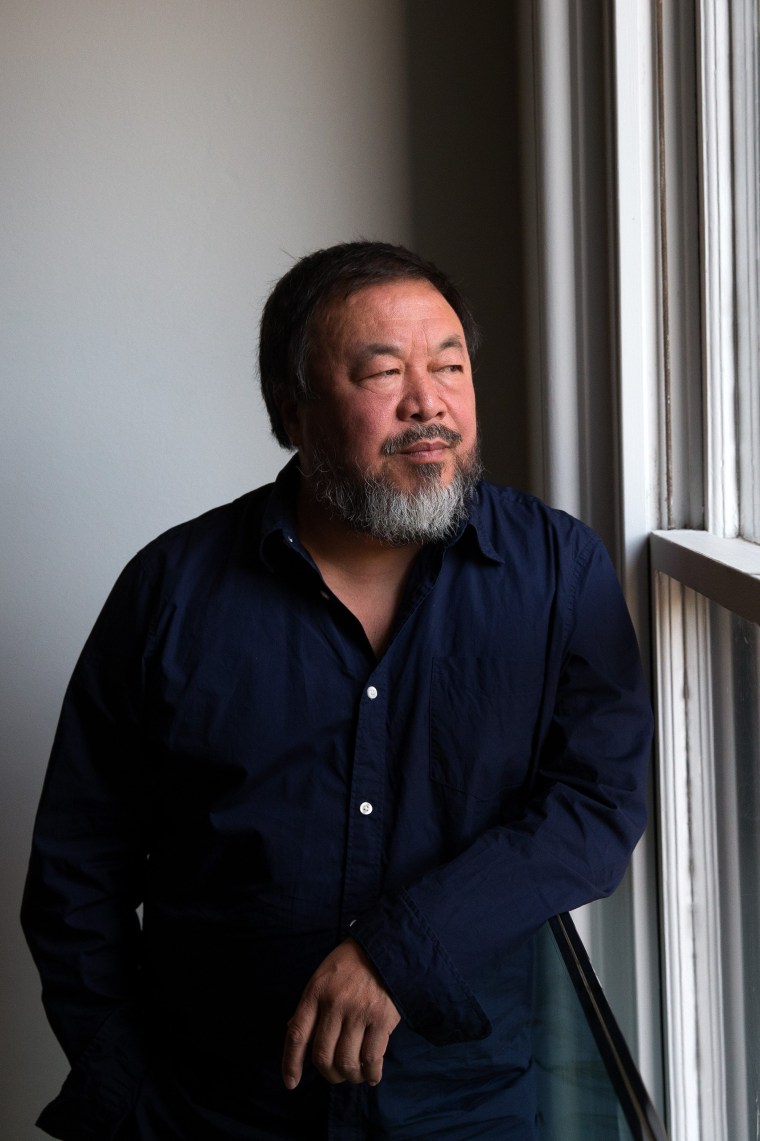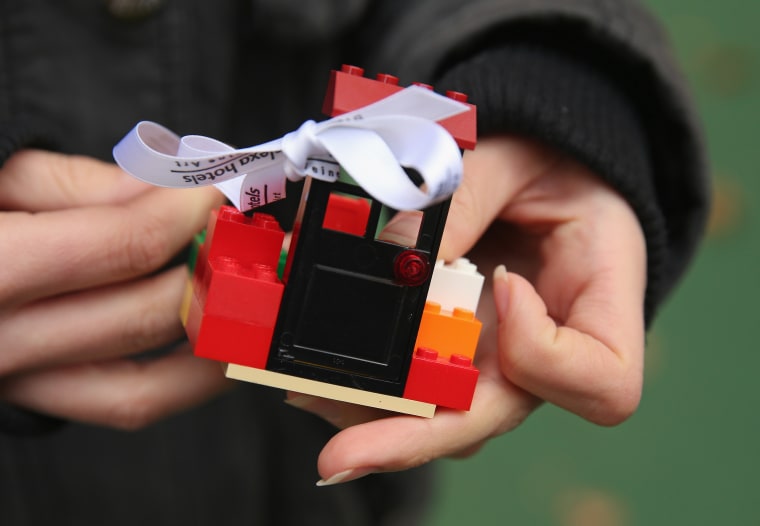Ai Weiwei is taking on Lego, brick by brick.
Art galleries around the world are collecting plastic pieces for the dissident Chinese artist after the Danish toy company refused to supply its product for his latest project.
Ai, whose work is often critical of Chinese authorities, says Lego last month refused a bulk order from an Australian gallery where he plans to build a new artwork on the theme of freedom of speech.
Ai called the move an act of "censorship and discrimination," but the company says it can't endorse the use of its bricks in projects with a "political agenda."

London's Royal Academy, which is currently mounting an exhibition of Ai's work, is encouraging supporters to fill a BMW in its courtyard with Lego bricks for Ai.
Other galleries have also taken up collections, including the Brooklyn Museum in New York, Berlin's Martin-Gropius-Bau and Australia's National Gallery of Victoria, where an exhibition of Ai's new work is due to open in December.
Lego declined to comment on the specific case, but said it refrained "from actively engaging in or endorsing the use of Lego bricks in projects or contexts of a political agenda."
It said that "anyone can purchase Lego bricks in toy stores or in other ways and use them for any purpose they desire."

The company is eager to avoid artistic controversies like the 1996 incident in which provocative Polish artist Zbigniew Libera created a concentration camp toy set with its blocks. Since then, his death-camp toys have been shown in museums and galleries around the world.
Lego said then that it had given some of its building blocks to Libera when he asked for a donation, but would have refused had it known what he planned to make with them.